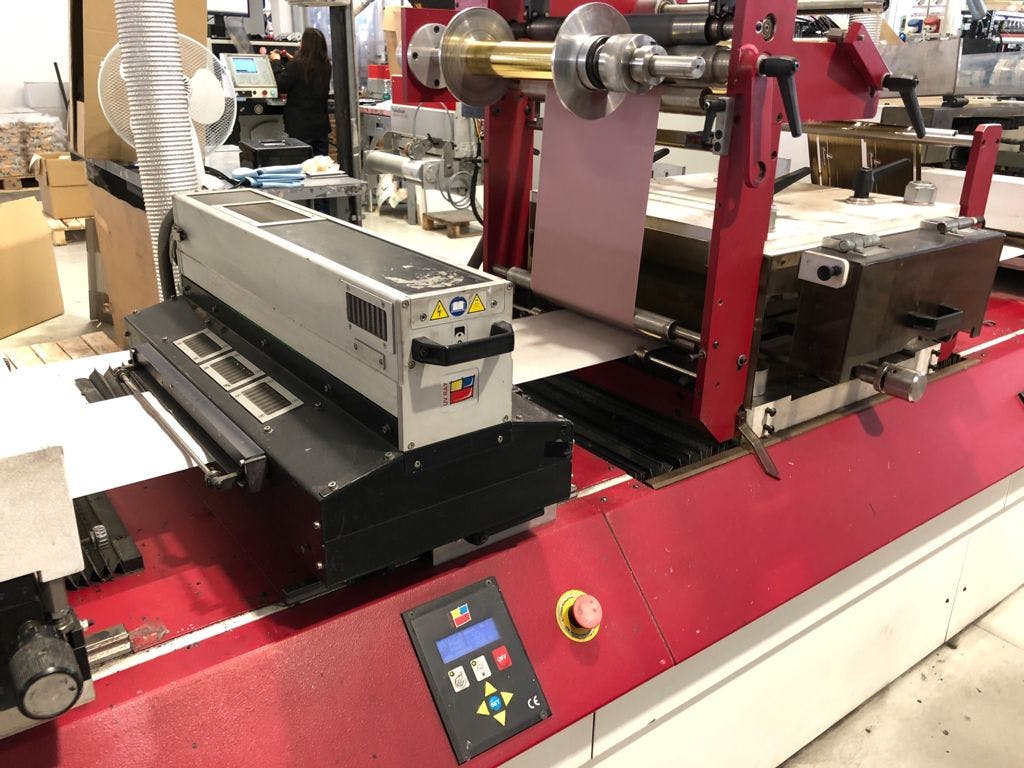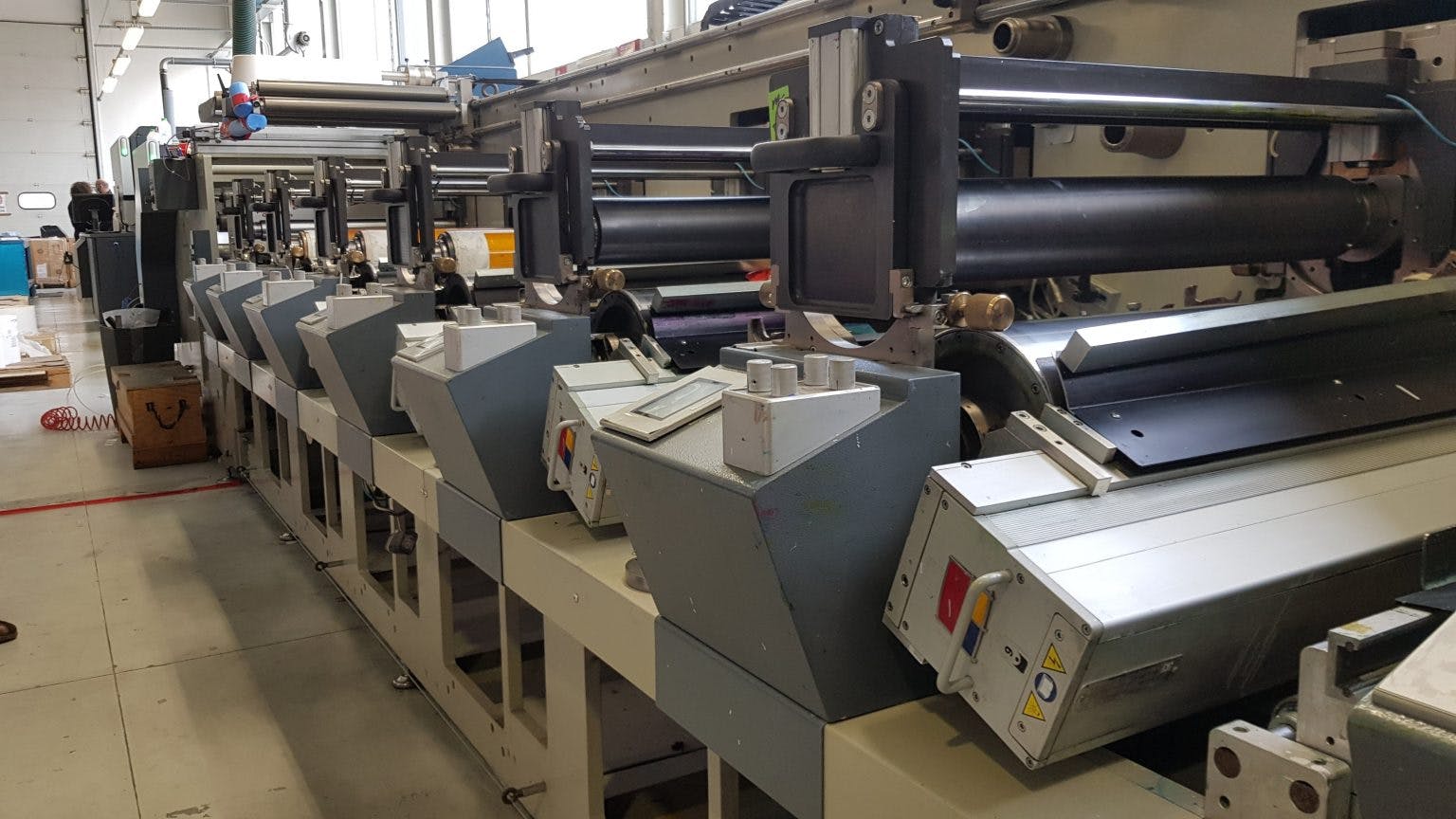I.B.E.’s three reasons for choosing UV Ray lamps

[Original article from MetaPrintArt translated in to English]
The output of the UV lamps must always be 100 per cent in order to ensure perfect roll-to-roll label production. In addition to the importance of low temperature. So for I.B.E., Spreafin Group, loyalty to UV Ray from Alberto Maiano, for their expertise and service, is paramount. Here are three reasons - or rather four reasons - for choosing UV Ray lamps.
"When manufacturers do not already have their own UV systems, we choose to have UV Ray lamps installed. Today we have more than 50 in operation."
This was stated by Roberto Spreafico, CEO of the Spreafin Group in Verderio in the province of Lecco, when we visited him at the production plant of I.B.E., the group's self-adhesive label company. The narrow-web machines at I.B.E. cover all printing technologies, offset, flexo, screen printing and even two HP digital presses - an Indigo 20000 and an Indigo WS 6800. And, currently in beta phase, an inkjet digital machine—a first in Italy.
In short, a company capable of supplying any type of label for any requirement and print run, mainly for the food, cosmetics and industrial sectors, wine, and olive oil.
In addition to I.B.E. Etichette Srl, the Spreafin Group was established in 1987 for the printing of continuous forms, today produced by the group company Errediesse Grafica, while Cartotecnica Licini produces offset cardboard boxes and cartons. Completing Spreafin Group is the multiservice and central purchasing company Ciscra S.p.A.
UV for all tastes
We note a wide range of manufacturers among the narrow-web machines present at I.B.E.: Japanese (Iwasaki), American (Mark Andy) and, Italian such as Franchini's Serigon 350 screen printer and a number of Gidue (now Bobst) in up to 8 and 10 colours. Plus a Flytec 330 from AB Graphic for booklets and Saturn inspection rewinders from Prati.
Printing today is all with UV inks and coatings, of which Roberto Spreafico is a firm believer. "UV printing for self-adhesive labels is now indispensable, both in terms of colour rendering and the safety that these inks offer in the food sector."
But we are intrigued by the loyalty to UV Ray with such a large number of lamps.
"The reasons for our choice," Spreafico tells us, "are based on two main reasons: the excellent price/quality ratio, but also the technical support, which is always punctual and precise."
On technical support he places particular emphasis because managing over 50 lamps and ensuring that they are always at peak performance is of paramount importance. The fact that the lamps are changed after 2000 hours of operation, even if they are still performing well, indicates the desire to ensure perfect drying without counter-printing during reel winding.
"But we prefer to use the lamps only as long as its output is 100 percent."
The importance of low temperature
But there is another point that he is keen to emphasize: the cooling system, which is water-based and allows work on any substrate and of varying print widths always at the same temperature, which is then the ambient temperature. To demonstrate this he shows us a press in print and lets us touch the cold plate even after a long run.
We point out that this brings the strengths of UV Ray lamps to three.
"Then we can say four," adds Roberto Spreafico, "if we consider that they offer us a great variety in power and width. In practice, with UV Ray we find the right lamps for every type of production, on every type of machine and substrate. And this makes us feel very comfortable with our supplier."
From lamps to LED
Let us finally address, almost in passing, UV LED technology. It is now increasingly being used, especially in digital printing, and the initial problems with consistent output for all colours are outdated. We thought we had opened up a topic foreign to I.B.E.'s choices. Instead, Roberto Spreafico is happy to explain that important steps forward are also being taken in this field with UV Ray.
In fact, the new UV Ray LEDs are at an advanced testing stage, in collaboration with SUN Chemical, a major ink company - which is, incidentally, the main supplier of I.B.E. The results are more than satisfactory and the first applications are already emerging.
